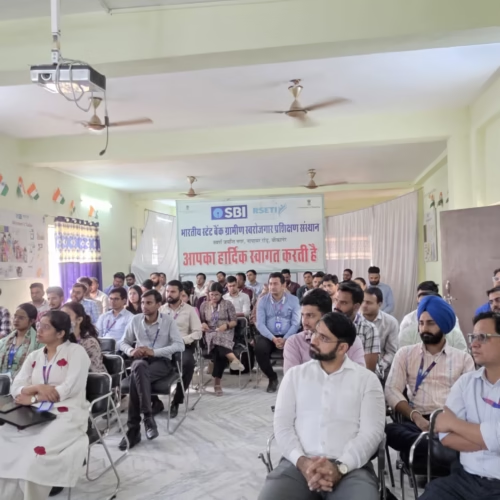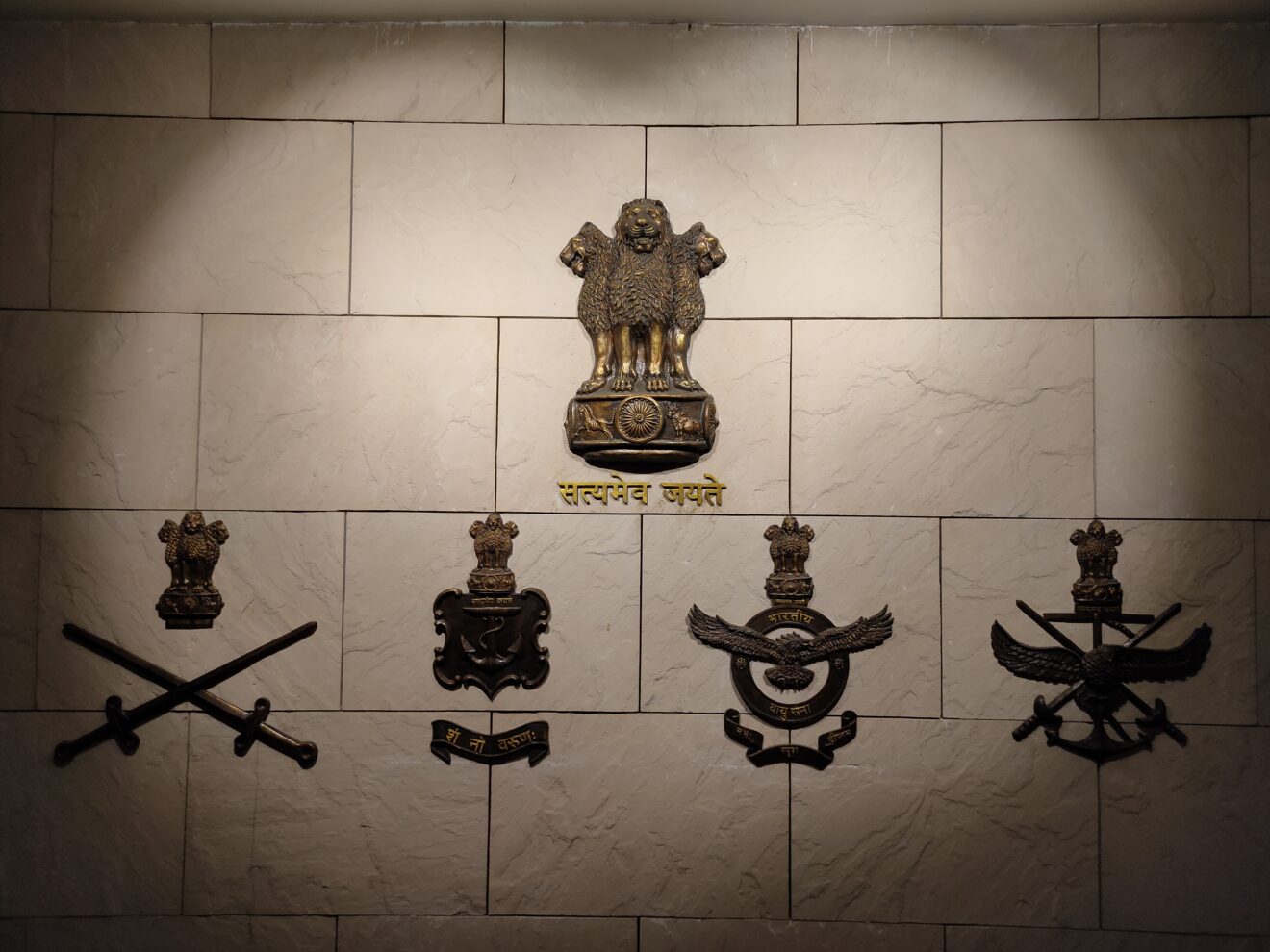BY DEFENCE JOURNALIST SAHIL | T.I.N. NETWORK
India Issues Area Warning for Likely Missile Test in Bay of Bengal on July 17-18, 2025
New Delhi, July 3, 2025
India has issued a navigational warning, commonly known as an “Area Warning,” signaling a likely missile test scheduled in the Bay of Bengal on July 17-18, 2025. The announcement, which has been notified to mariners and aviators through standard global protocols, underscores India’s continued focus on strengthening its strategic deterrence and defence capabilities in the maritime domain.
The notification, issued by Indian authorities, demarcates a no-fly, no-sail zone over a significant area of the Bay of Bengal during the two-day window. Though the Indian government has not officially confirmed the nature of the test, defence experts suggest that such Area Warnings are typically issued ahead of missile tests, particularly those involving long-range ballistic or cruise missiles, often carried out by India’s Defence Research and Development Organisation (DRDO).
Strategic Significance of the Test
The Bay of Bengal has historically been a preferred location for testing India’s strategic missile systems, including the Agni series of nuclear-capable ballistic missiles, submarine-launched ballistic missiles (SLBMs) like K-4 and K-15, as well as advanced anti-ship or cruise missile platforms.
Sources within the strategic community believe that this upcoming test may be linked to India’s ongoing efforts to bolster its credible minimum deterrence posture, which has been a cornerstone of the country’s nuclear and missile doctrine.
Given the timeline and the location, there is speculation that the test could involve an advanced system, possibly a developmental trial of an Agni-V variant or a missile from India’s submarine-launched arsenal. However, official confirmation is awaited.
Growing Military Preparedness Amid Regional Tensions
The timing of the Area Warning comes against the backdrop of heightened regional security concerns, particularly in the Indo-Pacific theatre. India has been actively upgrading its strategic capabilities, including long-range missiles, to counter evolving threats from China and to ensure credible deterrence across the region.
Defence analysts point out that with China increasing its presence in the Indian Ocean Region (IOR) through naval deployments and dual-purpose research vessels like Da Yang Yi Hao, India’s focus on enhancing maritime and missile strength is both timely and strategically essential.
“Missile tests in the Bay of Bengal demonstrate India’s maturing defence capabilities and signal its resolve to secure national interests. These tests are vital for validating new technologies, enhancing operational readiness, and deterring adversaries,” said a retired senior DRDO scientist familiar with India’s missile programmes.
Global and Regional Observers Watch Closely
Area Warnings issued by India are closely tracked by international maritime and aviation agencies, as well as regional powers such as China, Pakistan, and the United States. India’s missile tests have historically been conducted in full compliance with international norms, including prior notifications to ensure safety for ships and aircraft operating in the region.
Given the geopolitical importance of the Bay of Bengal — home to vital sea lanes, regional naval deployments, and strategic choke points — such missile tests often draw significant international attention.
Neighbouring countries and defence observers are expected to monitor developments closely, with satellite surveillance and naval assets possibly deployed to track the test, assess its performance, and evaluate implications for regional military dynamics.
India’s Expanding Missile Arsenal
India’s missile development programme, spearheaded by DRDO, has made remarkable strides in recent years. Key projects include:
- The Agni series of ballistic missiles with ranges from 700 km to over 5,000 km.
- The K-series SLBMs, developed for nuclear submarines, ensuring credible second-strike capability.
- The BrahMos supersonic cruise missile, jointly developed with Russia.
- The Hypersonic Technology Demonstrator Vehicle (HSTDV) programme for next-generation hypersonic weapons.
India has consistently emphasised that its missile tests are defensive in nature and aimed at maintaining credible deterrence rather than fuelling an arms race.
With the Area Warning in place for July 17-18, 2025, preparations are underway for what is likely to be another significant milestone in India’s strategic missile development journey. While specific details remain classified, the move underscores India’s growing technological prowess and its determination to safeguard national security amid evolving regional threats.
The world, particularly India’s adversaries and strategic partners, will be watching the Bay of Bengal closely over the coming weeks.
भारत ने 17-18 जुलाई 2025 को बंगाल की खाड़ी में संभावित मिसाइल परीक्षण के लिए एरिया वार्निंग जारी की
नई दिल्ली, 3 जुलाई 2025
भारत ने बंगाल की खाड़ी में 17 और 18 जुलाई 2025 को संभावित मिसाइल परीक्षण के मद्देनजर एक आधिकारिक “एरिया वार्निंग” (क्षेत्र चेतावनी) जारी की है। इस चेतावनी के जरिए समुद्री और हवाई मार्गों को इन तारीखों के दौरान एक विशिष्ट क्षेत्र में जाने से मना किया गया है।
हालांकि सरकार ने आधिकारिक रूप से यह स्पष्ट नहीं किया है कि परीक्षण किस प्रकार की मिसाइल का होगा, लेकिन रक्षा विशेषज्ञों का मानना है कि आमतौर पर इस तरह की चेतावनी लंबी दूरी की बैलिस्टिक या क्रूज मिसाइल परीक्षणों से पहले जारी की जाती है। यह परीक्षण संभवतः रक्षा अनुसंधान एवं विकास संगठन (DRDO) द्वारा किया जाएगा।
रणनीतिक दृष्टिकोण से बेहद अहम परीक्षण
बंगाल की खाड़ी भारत के रणनीतिक मिसाइल परीक्षणों का पारंपरिक इलाका रहा है। यहां पर अतीत में अग्नि श्रृंखला की बैलिस्टिक मिसाइलें, के-4 और के-15 जैसी पनडुब्बी से छोड़ी जाने वाली मिसाइलें, और ब्रह्मोस क्रूज मिसाइल जैसे अत्याधुनिक प्लेटफॉर्म का परीक्षण किया जा चुका है।
सूत्रों के अनुसार, यह परीक्षण भारत की परमाणु और मिसाइल नीति के तहत न्यूनतम विश्वसनीय प्रतिरोधक क्षमता (credible minimum deterrence) को और मजबूत करने की दिशा में एक महत्वपूर्ण कदम हो सकता है।
कुछ रिपोर्टों में यह भी संभावना जताई जा रही है कि यह परीक्षण अग्नि-V की किसी उन्नत किस्म या भारत के पनडुब्बी बेड़े के लिए विकसित हो रही किसी नई मिसाइल प्रणाली का हो सकता है।
क्षेत्रीय तनाव के बीच भारत की तैयारी
इंडो-पैसिफिक क्षेत्र में बढ़ते सुरक्षा तनाव और चीन की हिंद महासागर में बढ़ती सैन्य मौजूदगी को देखते हुए भारत लगातार अपनी मिसाइल और रणनीतिक क्षमता को बढ़ा रहा है। हाल ही में चीनी शोध पोत Da Yang Yi Hao की अरब सागर और पश्चिमी हिंद महासागर में गतिविधियों के बाद भारत की समुद्री और मिसाइल तैयारियों को और मजबूती देने की आवश्यकता महसूस की जा रही है।
रक्षा विश्लेषकों का मानना है कि ऐसे मिसाइल परीक्षण न केवल भारत की सैन्य शक्ति का प्रदर्शन करते हैं बल्कि संभावित दुश्मनों को स्पष्ट संदेश भी देते हैं।
वैश्विक स्तर पर नजरें टिकीं
भारत द्वारा जारी की गई इस प्रकार की एरिया वार्निंग को न केवल पड़ोसी देशों बल्कि अमेरिका, चीन, रूस, और अन्य वैश्विक ताकतें भी बारीकी से मॉनिटर करती हैं। भारत के सभी मिसाइल परीक्षण अंतरराष्ट्रीय मानकों और सुरक्षा नियमों का पालन करते हुए किए जाते हैं।
बंगाल की खाड़ी सामरिक दृष्टि से बेहद संवेदनशील क्षेत्र है, जहां से गुजरने वाले समुद्री मार्ग, क्षेत्रीय नौसैनिक तैनातियां और रणनीतिक संचार लाइनों पर दुनिया की नजर रहती है। ऐसे में भारत का यह संभावित परीक्षण व्यापक अंतरराष्ट्रीय प्रतिक्रिया को आकर्षित कर सकता है।
भारत का बढ़ता मिसाइल कार्यक्रम
भारत ने पिछले कुछ वर्षों में मिसाइल तकनीक के क्षेत्र में उल्लेखनीय प्रगति की है। मुख्य परियोजनाओं में शामिल हैं:
- 700 किलोमीटर से लेकर 5,000 किलोमीटर से अधिक रेंज वाली अग्नि श्रृंखला।
- पनडुब्बियों से छोड़ी जाने वाली K-सीरीज मिसाइलें, जो भारत की सेकंड स्ट्राइक क्षमता को मजबूत करती हैं।
- भारत-रूस द्वारा संयुक्त रूप से विकसित ब्रह्मोस सुपरसोनिक क्रूज मिसाइल।
- अगली पीढ़ी के हाइपरसोनिक हथियारों के लिए HSTDV (Hypersonic Technology Demonstrator Vehicle) कार्यक्रम।
भारत ने हमेशा अपने मिसाइल कार्यक्रम को आत्मरक्षा और प्रतिरोधक क्षमता के दायरे में बताया है।
17-18 जुलाई 2025 के लिए जारी यह एरिया वार्निंग भारत के रणनीतिक परीक्षणों की दिशा में एक और बड़ा कदम है। जबकि परीक्षण से जुड़ी पूरी जानकारी अभी गोपनीय है, लेकिन यह स्पष्ट है कि भारत अपनी तकनीकी और सैन्य ताकत को लगातार उन्नत कर रहा है ताकि किसी भी क्षेत्रीय खतरे का प्रभावी ढंग से सामना किया जा सके।
आने वाले दिनों में पूरी दुनिया की नजर बंगाल की खाड़ी पर बनी रहेगी, खासतौर पर भारत के विरोधी और रणनीतिक साझेदार इस परीक्षण को लेकर सतर्क रहेंगे।
















Add Comment